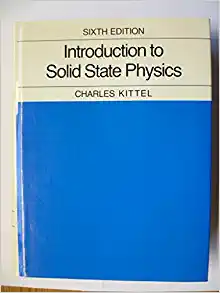Question
A defibrillator stops fibrillation, the unusual trembling that a person's heart muscle can adapt during a cardiac arrest. In terms of physics, a defibrillator works
A defibrillator stops fibrillation, the unusual trembling that a person's heart muscle can adapt during a cardiac arrest. In terms of physics, a defibrillator works by using moderately high voltage, about 1000 volts, to pass an electric current through the heart, so it's shocked into working normally. When 1000 volts is applied, the patient's heart will receive about 300 J of electric energy. If we have a 60-watt incandescent lamp. How long can this lamp can be turned on so that this lamp uses the same amount of electrical energy that the patient's heart will receive?
Step by Step Solution
There are 3 Steps involved in it
Step: 1

Get Instant Access to Expert-Tailored Solutions
See step-by-step solutions with expert insights and AI powered tools for academic success
Step: 2

Step: 3

Ace Your Homework with AI
Get the answers you need in no time with our AI-driven, step-by-step assistance
Get Started


